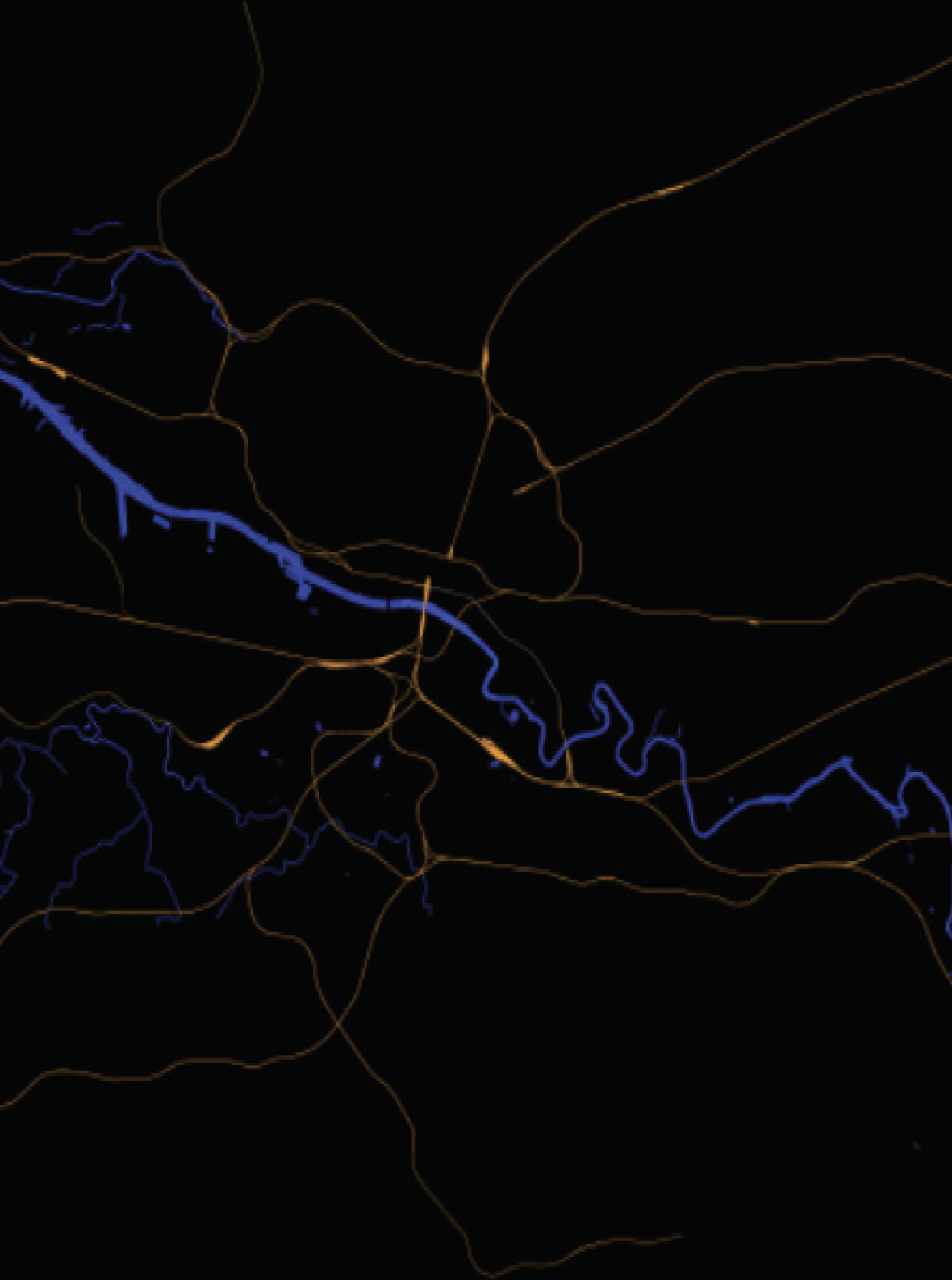Covid-19 has exposed and exacerbated great inequalities across the UK: the more deprived the area, the higher the mortality rate. Families at the bottom of the social and economic scale were suffering before the pandemic, and are now suffering even more, losing health, jobs, educational opportunities and lives.
A great socio-economic disparity exists within Glasgow, both within the centre and throughout the wider community. Essential amenities provide a framework for purpose in life, but they may be lacking for some. Healthcare, education and cultural aspirations are essential in building an equitable society. ‘The Glasgow Effect’ illustrates that for a large proportion of Glaswegians, these opportunities are not being met . The low life expectancy illustrates all too clearly the deficiencies that exist. Art can provide inspiration for a better life, education provides the route to financial stability, and from these come health benefits, creating positivity to the self and in turn, society.
A proposed solution is to use existing infrastructure to bring new facilities to communities, rather than take people to facilities – the concept of the ’15 minute city’. The commute should be replaced by mobile architectural solutions. This concept takes advantage of Glasgow’s sprawling train network, which is often adjacent to the most deprived neighbourhoods, and can provide the infrastructure for this distribution of amenities. A key feature of this idea is the re-imagining of the historical importance of the railway as a means for transporting ‘goods’.
Therefore, the hypothesis to be explored is that the train network can provide the infrastructure to deliver new facilities for community support. New design will focus on the development of mobile facilities to support healthcare, education and creative arts provision for the city centre and beyond. I will explore the link between the rail network, community needs and the design of mobile facilities.
Two themes are addressed in the design: new development local to the city centre (the hub); and a distributed network that originates from this central hub in the city centre. Two additional sidings will bound a new public square. Mobile carriages will plug into structures whereby the goods can be loaded and unloaded. The structure of the hub will exude openness, permeability and the ability to roam freely. It will provide architecture that combats inequality, and promotes inclusivity, through modification and development of Glasgow’s existing infrastructure at these local and distributed levels.

